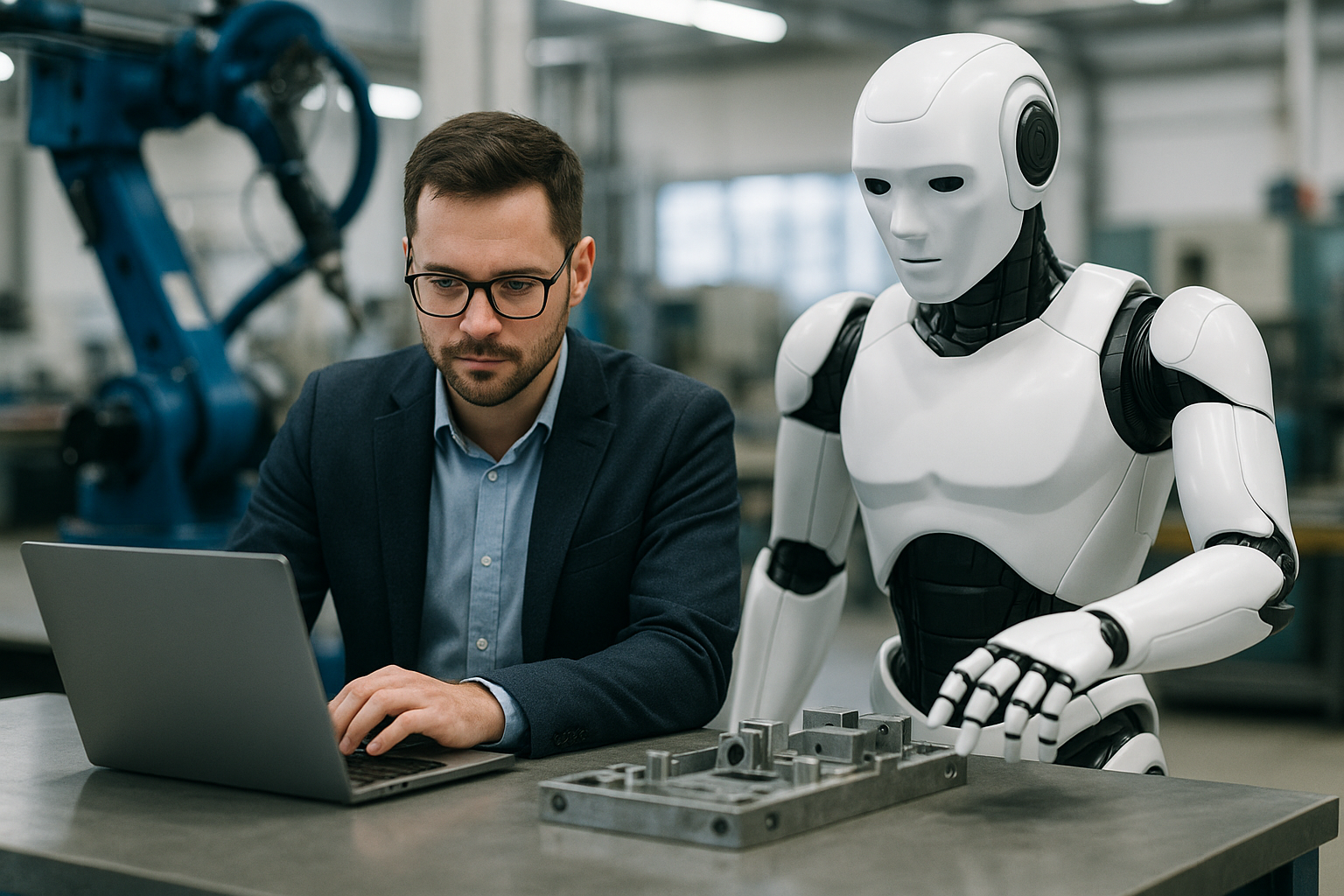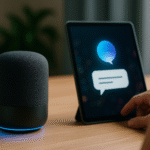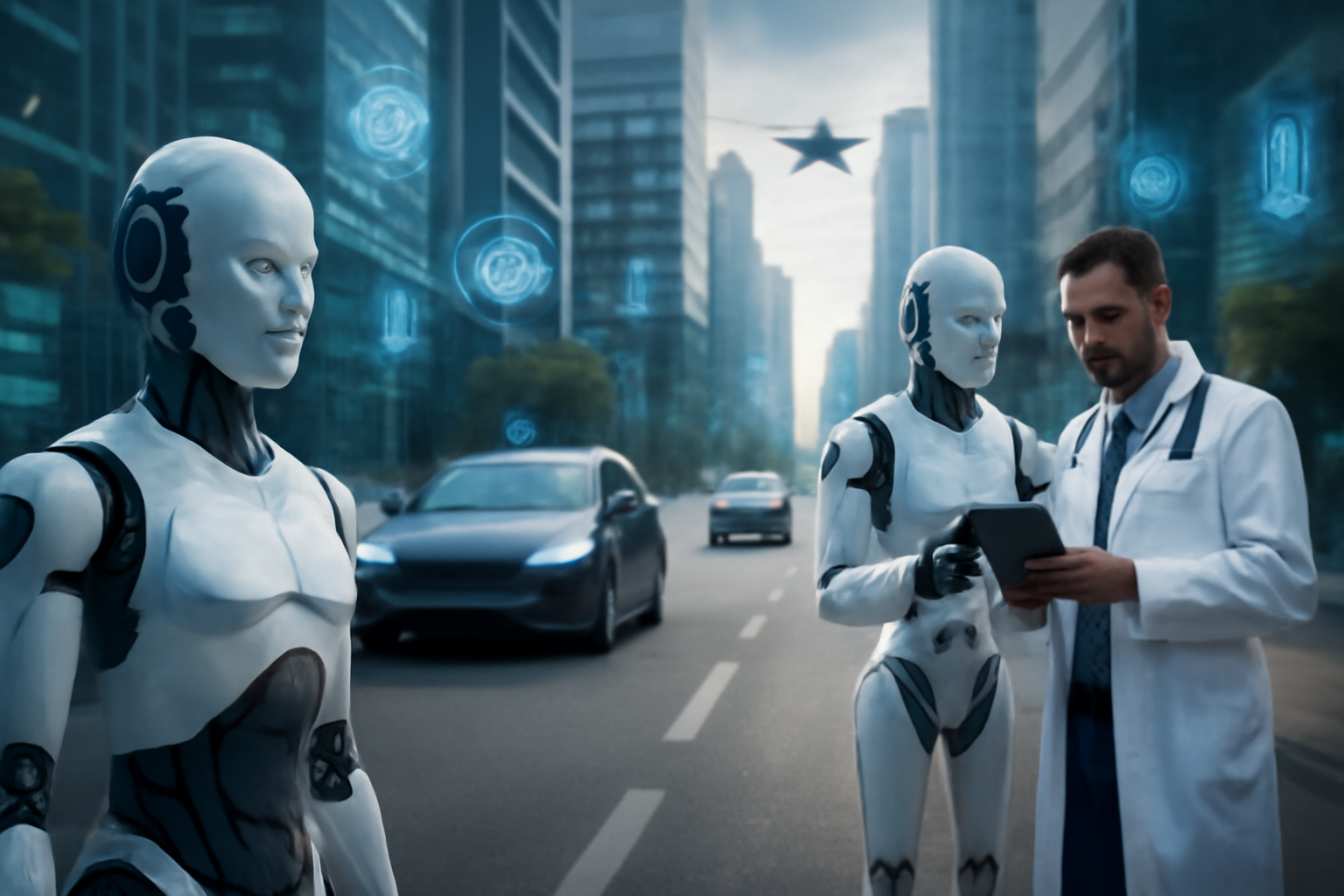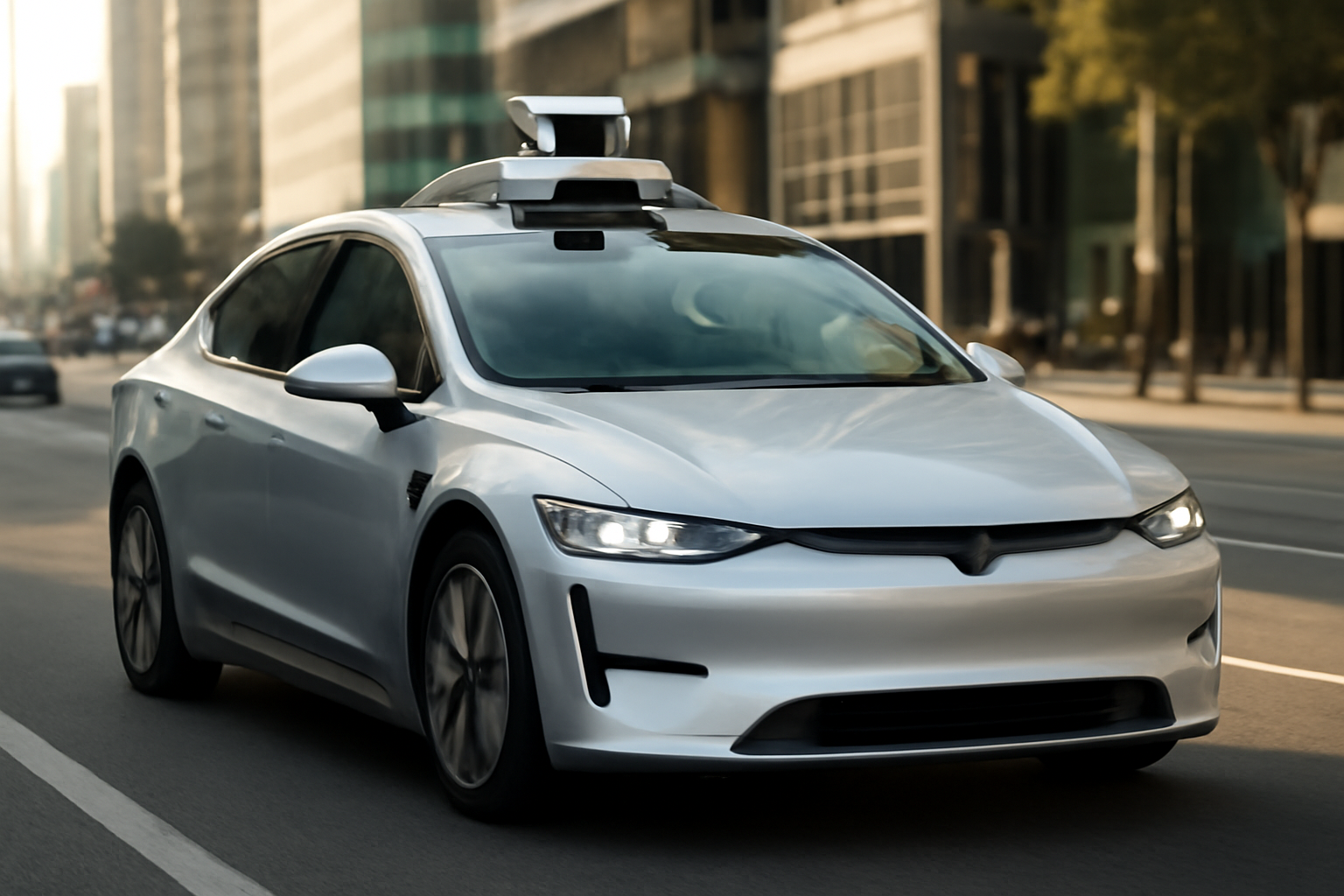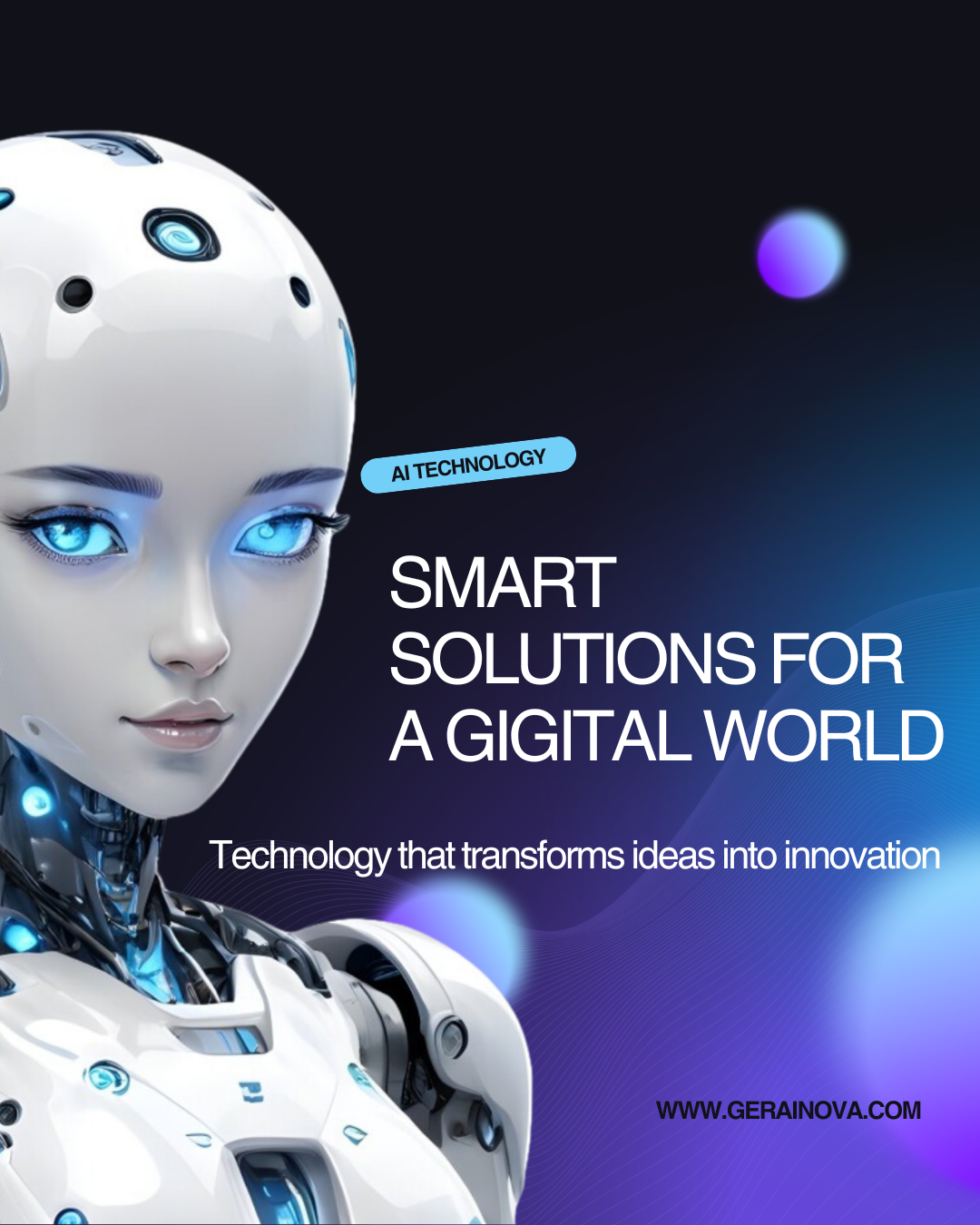Introduction: A New Era of Labor
Imagine waking up to a world where robots deliver your groceries, algorithms manage company logistics, and AI systems provide customer service 24/7. While this may sound like science fiction, it’s rapidly becoming our reality. The integration of automation and robotics into the workforce is no longer a distant possibility—it’s a current transformation shaping the future of work.
From manufacturing floors to corporate offices, technology is revolutionizing how we approach tasks, solve problems, and create value. While this shift offers unprecedented efficiency and innovation, it also raises profound questions about employment, skills, and the human role in an increasingly automated world.
This article explores how automation and robotics are redefining work, the benefits and challenges they present, and what you can do to thrive in this new age of digital labor.
Understanding Automation and Robotics
What Is Automation?
Automation refers to the use of technology to perform tasks with minimal human intervention. This can range from simple processes, like email filtering, to complex operations, like self-driving vehicles or predictive maintenance systems.
Automation often involves:
- Software bots (e.g., Robotic Process Automation or RPA)
- Machine learning algorithms
- Artificial intelligence (AI)
It plays a key role in transforming business models, reducing overhead costs, and eliminating time-consuming manual tasks. In fact, automation has become so sophisticated that it can now handle complex decision-making processes in real time.
What Are Robots?
Robots are physical or virtual machines capable of carrying out tasks autonomously or semi-autonomously. These include:
- Industrial robots in manufacturing
- Service robots in healthcare or hospitality
- Humanoid robots with human-like capabilities
- Collaborative robots (cobots) that work alongside humans
These robots are increasingly equipped with sensors, cameras, and AI brains that allow them to adapt to their environments, making them far more flexible than ever before.
Together, automation and robotics form a powerful duo reshaping work dynamics across all industries.
How Automation Is Already Changing Work
Manufacturing
The industrial sector has long been a pioneer in automation. Robotic arms assemble cars, inspect quality, and even manage warehouse logistics. This reduces costs, increases precision, and boosts output.
Automation also improves worker safety by handling hazardous tasks, allowing human workers to focus on supervision and quality control.
Retail
Automation powers personalized shopping experiences, manages inventories, and enables self-checkout systems. Companies like Amazon use robots in fulfillment centers to optimize order processing.
Retailers are also deploying chatbots to provide 24/7 customer support, guiding users through product selections and solving issues in real time.
Finance
Banks and fintech companies use automation for fraud detection, credit scoring, and transaction processing. Chatbots now handle a growing share of customer inquiries.
Additionally, robo-advisors use algorithms to manage investment portfolios, making financial planning more accessible and affordable to a broader audience.
Healthcare
Robotic surgical systems, AI diagnostics, and automated appointment scheduling are transforming patient care, allowing professionals to focus on complex, human-centered tasks.
Medical robots can assist in surgery with extreme precision, while AI can rapidly analyze medical images and lab results to support early diagnosis.
Transportation
Autonomous vehicles are being tested for deliveries and ride-hailing. While still in early stages, these innovations could reshape logistics and public transit.
Fleet management systems use AI to optimize routes, monitor vehicle performance, and enhance safety in logistics networks.
Benefits of Automation and Robotics
Increased Productivity
Machines can work 24/7 without fatigue. This allows for higher output and more consistent results.
They can also operate at speeds and accuracy levels that are difficult for humans to match, which significantly boosts efficiency in sectors like electronics assembly or pharmaceuticals.
Cost Reduction
Automation reduces labor costs and minimizes errors, leading to significant savings over time.
By minimizing waste and downtime, companies can also improve profitability and reduce their environmental impact.
Enhanced Safety
Robots can operate in hazardous environments, reducing the risk of injury in fields like mining, construction, or chemical processing.
This creates safer workplaces and reduces liability and insurance costs for employers.
Innovation
Freed from repetitive tasks, humans can focus on creative and strategic activities. This fosters innovation and job satisfaction.
Employees can be retrained to take on higher-value roles such as data analysis, customer engagement, or process improvement.
Scalability
Businesses can rapidly scale operations without proportionally increasing human resources.
This flexibility is especially valuable for startups and SMEs looking to grow without incurring massive fixed labor costs.
Challenges and Concerns
Job Displacement
One of the most discussed issues is the potential for job loss. Roles involving routine or repetitive tasks are at high risk of automation.
However, history shows that technological revolutions often create new types of jobs. The key is transition and reskilling.
To mitigate this impact, governments and companies must collaborate on workforce development initiatives and support displaced workers with retraining programs.
Inequality
Automation could widen the gap between high-skilled and low-skilled workers. Those with access to education and digital tools may benefit disproportionately.
This creates a societal challenge, where public policy must ensure equal access to technological advancements and opportunities.
Privacy and Ethics
As machines collect and analyze vast amounts of data, concerns arise about surveillance, data privacy, and ethical decision-making in AI systems.
Biases in AI models can also reinforce social inequities, making transparency and accountability in algorithm design crucial.
Human-Machine Collaboration
Effective integration of automation requires rethinking workflows, company cultures, and training programs to enable seamless collaboration between people and machines.
It’s essential to establish clear boundaries and responsibilities for both human workers and intelligent systems.
The Rise of New Job Categories
While some jobs will disappear, others will emerge. Consider the following roles:
- AI Trainers who teach algorithms how to interpret data.
- Robot Maintenance Technicians to keep automated systems running smoothly.
- Data Analysts who extract insights from vast datasets.
- Human-AI Interaction Designers who make machines more user-friendly.
- Digital Ethicists to ensure responsible AI deployment.
Job creation will increasingly favor hybrid roles that combine domain expertise with technical fluency in emerging technologies.
Essential Skills for the Future
To stay relevant in an automated world, workers need to develop both technical and soft skills. Key areas include:
Technical Skills
- Data literacy
- Programming and coding
- Machine learning basics
- Cybersecurity awareness
Familiarity with automation tools and data visualization platforms will also become essential for knowledge workers.
Human-Centric Skills
- Creativity
- Emotional intelligence
- Problem-solving
- Adaptability
- Collaboration
These uniquely human traits will be vital in jobs that require complex decision-making, empathy, and interpersonal communication.
Automation and Remote Work
The COVID-19 pandemic accelerated remote work adoption, and automation plays a big role in this shift. Virtual assistants, cloud-based tools, and AI-powered platforms help teams stay productive across distances.
Automation also enables asynchronous work—tasks completed independently without real-time communication—allowing for more flexible work schedules and global collaboration.
For example, automated task managers and email classifiers help remote teams stay organized and efficient without micromanagement.
Industry Case Studies
Agriculture
Drones and autonomous tractors optimize planting and harvesting. AI monitors crop health and weather patterns to boost yield.
Precision agriculture reduces water waste, enhances fertilizer application, and supports sustainable farming.
Education
AI tutors and automated grading systems support teachers. Chatbots answer student questions, while adaptive learning platforms personalize education.
These tools help educators identify struggling students early and customize instruction for better outcomes.
Legal
Legal tech platforms automate document review, contract analysis, and compliance checks, allowing lawyers to focus on complex advisory roles.
AI can also assist in predicting case outcomes and streamlining legal research.
Hospitality
Robots assist with room service, cleaning, and even concierge tasks. Automation speeds up check-ins and improves customer experience.
Hotels use smart sensors to manage energy use and optimize housekeeping schedules.
Global Trends and Predictions
Experts predict that by 2030, up to 800 million jobs could be impacted by automation worldwide. However, most of these will shift rather than disappear.
According to McKinsey Global Institute:
- 60% of all occupations have at least 30% of activities that can be automated.
- The pace of change will vary by industry, region, and regulatory environment.
Developed countries may adopt automation faster due to higher labor costs, while developing nations may focus on blending tech with human labor.
AI-driven entrepreneurship and remote freelancing platforms are also expanding access to income in regions with limited traditional employment.
Governments and Policy Responses
Governments are increasingly recognizing the need to prepare for automation. Strategies include:
- Investing in STEM education
- Offering incentives for workforce reskilling
- Promoting entrepreneurship and innovation
- Establishing ethical AI regulations
Some countries are exploring universal basic income (UBI) as a safety net for workers displaced by automation.
Policy frameworks must balance innovation with equity, ensuring that no demographic or region is left behind.
Business Adaptation Strategies
To succeed in the age of automation, companies must:
- Embrace Change: Stay informed about emerging technologies.
- Redesign Roles: Blend human creativity with machine efficiency.
- Invest in People: Offer training and upskilling opportunities.
- Foster Innovation: Create environments that reward experimentation.
- Prioritize Ethics: Ensure transparency, fairness, and accountability in tech deployment.
Business leaders should also conduct impact assessments and develop automation roadmaps aligned with long-term goals.
Balancing Human and Machine
The goal isn’t to replace humans, but to augment them. The most successful workplaces of the future will harness the strengths of both people and technology.
Humans bring empathy, intuition, and ethics. Machines offer speed, accuracy, and scalability. Together, they can achieve outcomes neither could reach alone.
This synergy allows for deeper insights, better decision-making, and higher levels of innovation.
Conclusion: Thriving in a Transformed Landscape
Automation and robotics are not threats—they’re tools. Like the printing press or the internet, they represent leaps in human capability. By understanding their impact, preparing for change, and embracing lifelong learning, individuals and organizations can not only survive but thrive.
The future of work is not about humans versus machines. It’s about how we work together to solve problems, create opportunities, and build a better world.
So as robots take over the repetitive, the dangerous, and the mundane, we’re free to explore what makes us truly human—our creativity, compassion, and endless curiosity.
By forging a future of collaboration rather than competition, we unlock the full potential of both technology and humanity.

